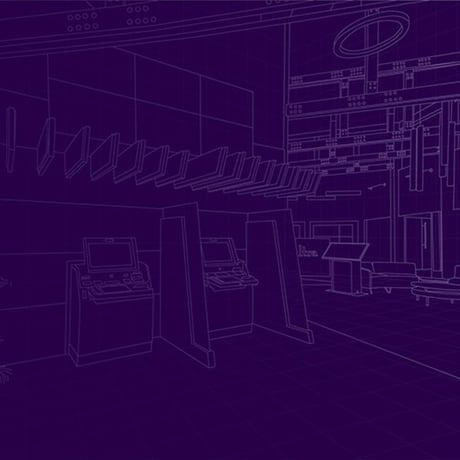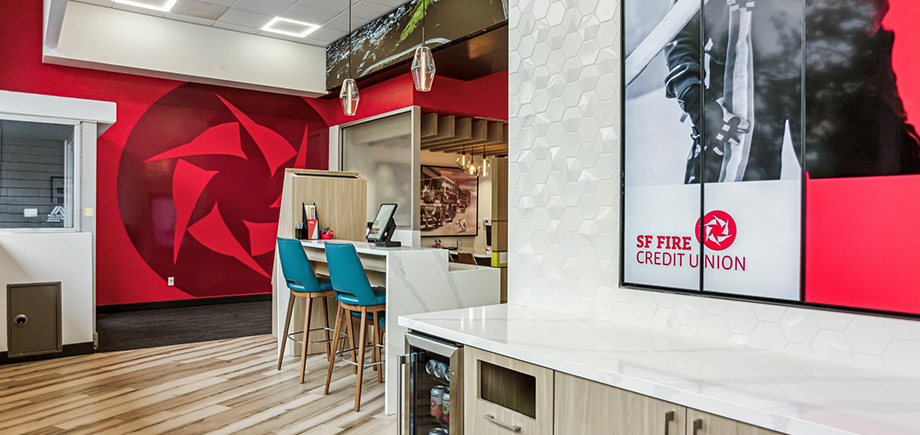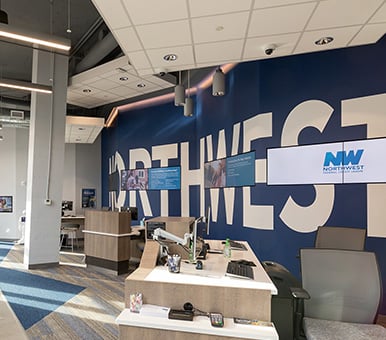
The fact that a lot is changing in banking doesn't mean everything is changing. The challenge is to sort out what's necessary from what's "knee-jerk." Three areas are critical for banks and credit unions to nail: the right sales culture, the right use of branches, and keeping budgets under control,
As Mark Twain once said, “History doesn’t repeat itself, but it often rhymes.” And if there is anything that we have learned over the past two years, it’s that the world can change quickly. While banks and credit unions will always be an essential service, in the near future they just may look and act a bit different, or at least they should!
Being prepared for anything and everything while staying on a growth trajectory is no simple task. A lot can go wrong, but a lot can also go right when approached with care. There are three critical trends that can either make or break your future success.
- The right sales culture.
- Expansion (and innovation) in branch networks.
- Controlling the budget.
READ THE FULL ARTICLE HERE
1. The Right Sales Culture for Banking
Endorsing a “sales culture” has become a bit taboo in banking as a strategic initiative. Some say you desperately need it, and some say it will ruin your organization. If you look at the definition of sales, “the exchange of a commodity for money,” it’s clear this dispute is over semantics. That cold definition scares away even the bravest, and rightfully so.
Adopt a sales culture that is better. Build a culture that is experience-driven, creating a win-win for both you and your customer.
Forrester found that experience-driven financial institutions were 1.3 times more likely to exceed revenue growth expectations, 1.8 times more likely to see improved customer satisfaction scores and generate 2.5 times more website visits compared to other firms.
Customer experience isn’t exactly a new concept, it’s been written about for the better part of the last decade. In fact, if you ask any bank or credit union what their differentiation is, you will probably hear an answer that falls somewhere in the CX arena. That’s great, but to be frank, that’s not enough.
Implementing a successful, progressive “sales” culture in banking is more about finding ways to accelerate your customers’ financial position and increases your ability to grow to help more communities with every interaction. In other words: Not just a focus on “selling” a product or service. This is the definition of “sales” culture that the banking industry can’t survive without.
What Sets Banks Apart:
Strengthening consumers' financial position is the new customer service and a crucial part of banking's strategy.
Consider Chick-fil-a, unbelievable sales numbers and growth without a used-car salesperson environment. What’s their secret sauce? Dialed up honey mustard. Oh, and an obsession with their customer experience. Every component of their client journey is engineered to the most minute detail.
By successfully applying pressure (traditional sales tactics) on the right areas and people (not traditional sales metrics) each store consistently delivers the most positive customer experience at every interaction. Imagine if your customers were just as passionate about your experience.
Replicating this in financial services almost seems easy. Consumers are actively looking for financial advice. But if it’s so easy, why doesn’t everyone do it? Because of the fear of developing a bloodthirsty sales force. That has held too many financial institutions back for too long. Be different and create a force that is obsessed with delivering the best experience and furthering your mission with every touchpoint.
Make
- Focus on your clients and their desired outcomes.
- Create goals and accountability processes around a better client experience.
- Develop a universal/concierge/relationship banker force that fuels your mission.
- Don’t lose sight of the employee experience.
Break
- Take a passive approach to your client experience.
- Apply pressure on “sales” versus helping your clients.
- Get caught up in short-term gains.
2. Branch Network Expansion — Test First
Consumers expect convenience. They want options for drive-thru, mobile pick-up, in-store options, and everything in between from retailers. And for their financial institutions? The expectations are the same. 62% of consumers prefer to use banks or credit unions that have a physical presence, according to a 2021 goMoxie survey. Even a pandemic can’t fully displace the trust behind brick and mortar.
But does that mean that you need to run out and make sure every market has a full stack in terms of service options? No. That’s unrealistic and would get expensive fast. If you throw money towards quickly flooding a market with permanent structures, your investment will be lost if that market doesn’t respond in the way you anticipated. Testing your markets with strategic, smart investments that can easily be moved to the next location has proven to be the most successful strategy to win over the new consumer.
What is a portable option to test a market? Well, ITMs, and modular micro branches, are two options to consider.
Interactive teller machines. GECU used ITMs to deliver its Neighborhood Branch Expansion Strategy that has boosted membership by more than 125,000 people and led to a 100% in-branch self-service adoption rate. As the first credit union in Texas to bring the NCR Interactive Teller Machine (ITM) to life in their branches, GECU used a design and layout that incorporated this technology into an intuitive flow. This initiative has been so successful, GECU has now deployed 117 ITMs across their branches using this design.
You could add more standard ATMs throughout the community and that will help with some recognition, but it won’t truly expand your services. Your clients will still need to go to a branch to complete the rest of their transactions. Just using ATMs doesn’t give your test much of a chance, though.
ITMs can help you offer in-branch service from anywhere, offsite, drive-thru, or even an after-hours vestibule. ITMs can perform transactions with or without a teller, dispense any denomination of cash, and with a few other features more complex transactions can be completed.
Double Benefit:
ITMs can reinvigorate in-branch service, but are also a good way to test-drive market expansion.
Modular, pop-up micro branch. A pop-up, modular micro branch, like DBSI’s Junxion, is another branch testing option. America’s Credit Union acquired a beautiful three-story building in Dallas. It’s outfitted with doctors, lawyers, and serves as the institution’s corporate administrative building.
While the credit union’s permanent branch is under construction in this new building, a pop-up branch allows them to offer a transaction point and start growing their market share while they patiently wait. Once the branch is complete, all the components (digital signage, cash recyclers, etc.) will be re-purposed for the branch and the pop-up can be moved to another location within hours.
Make
- Test your market.
- Listen to your customers.
- Fight the urge to make assumptions without data.
- Use ITMs and pop-up branches to dip your toes in the water.
Break
- Overextend yourself too quickly with too much investment.
- Make assumptions and purchases without data to back it up.
- Ignore your client feedback.
- Dive into a new market without testing.
3. Cutting Your Budget Short
Measure twice, cut once is great advice, but these days, measuring twice isn’t even enough when it comes to branch expansion. Prices of many building materials (such as lumber, steel, and drywall, to name a few) have surged anywhere from 20% to 25% and some upwards of 300% or more due to shortages, slowed production, supply-chain issues and overall pandemic-related causes. And if the rising prices don’t scare you too much the long lead times will.
It’s always been risky for banking executives to try to juggle the dozen different vendors it takes to transform a branch. Not to mention the risk of using design-bid-build method for your project over design-build. Yes, construction is well known for living under Murphy’s Law but unfortunately, some firms will try to sell you on a lower price in the bidding process and pull a bait and switch by hitting you with dozens of change orders. You end up paying way more than even the highest bid you received.
Banks and credit unions need help in this area. When you are looking for the right partner, these are the top five ways the right design-build firm will mitigate the risk for you:
- High volume of projects giving them buying power with suppliers to negotiate lower prices.
- Leverage competition amongst vendors to ensure competitive bids.
- Pre-purchasing long lead items earlier in the process to lock in pricing.
- Have an intimate knowledge of what each trade should cost to curtail any excessive increases outside of market value.
- Proactively look for ways to swap materials or find lower cost alternatives, while never compromising quality.
Make
- Create a realistic budget to achieve your goal with room for contingencies.
- Find a trusted partner that lives and breathes the technical part of your project.
- Finda second opinion and not trusting the cheap outlier.
Break
- Use a “cheap” quote to structure your budget for a project.
- Manage multiple vendors taking away your focus from your other strategic planning goals.
- Go back to your board to ask for more money.
Before you present that strategic plan or update those budget numbers, make sure you have the right partner in your corner.



































 Jared Jones
Jared Jones
-1.png)
-4.png)
